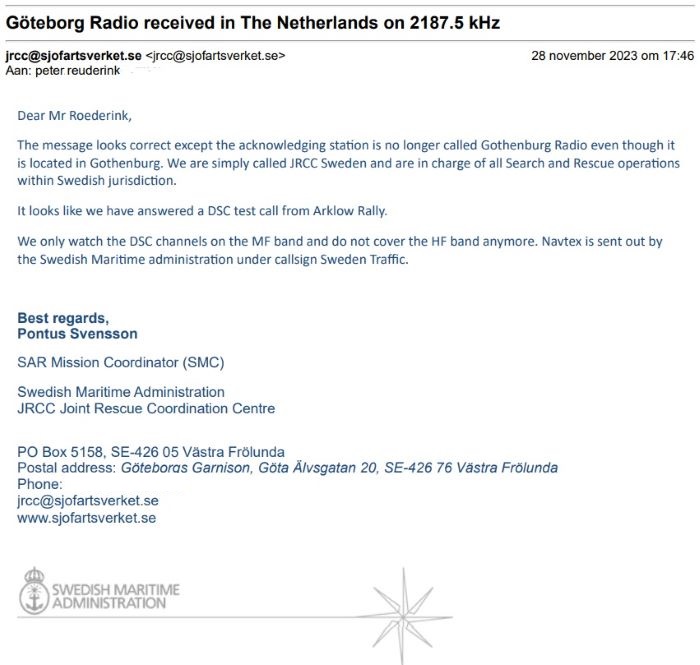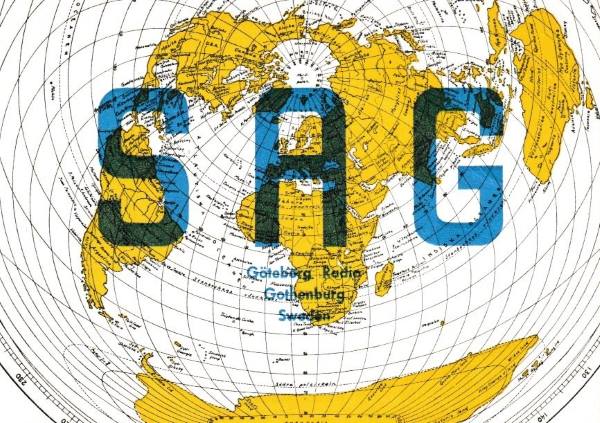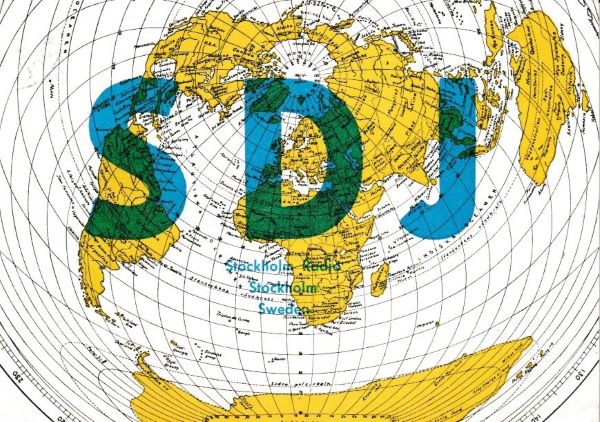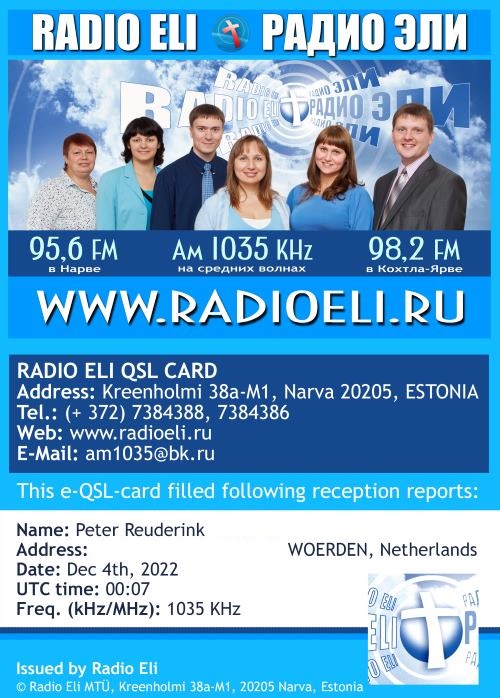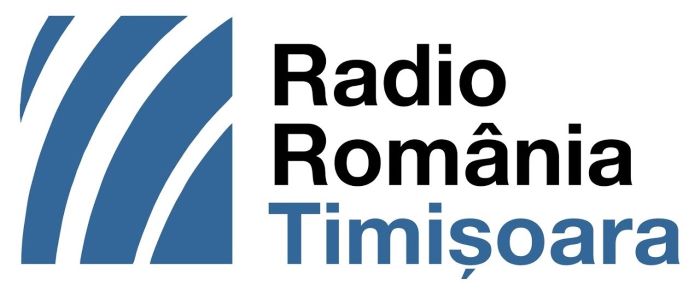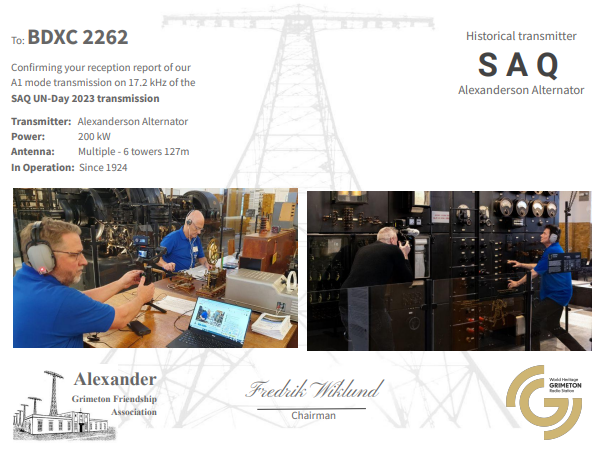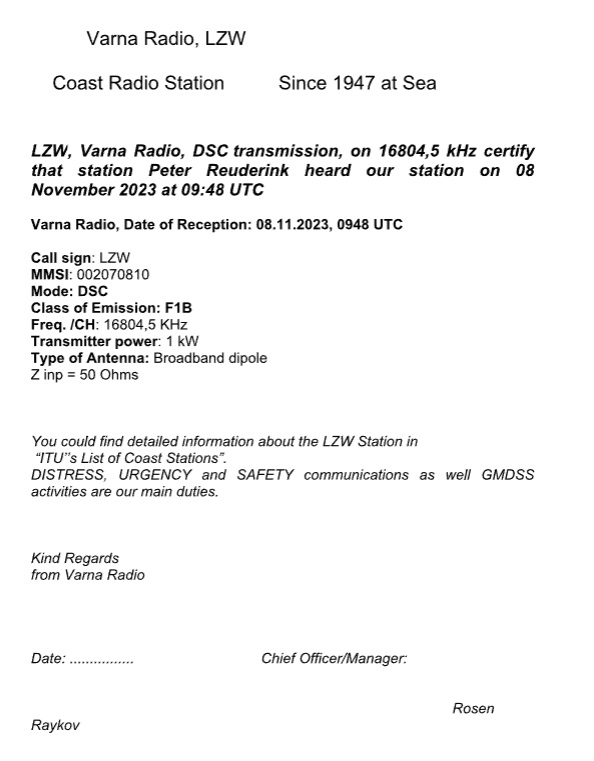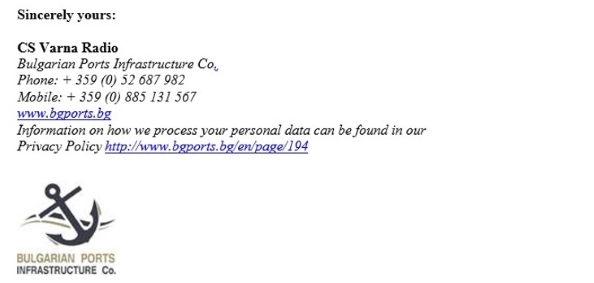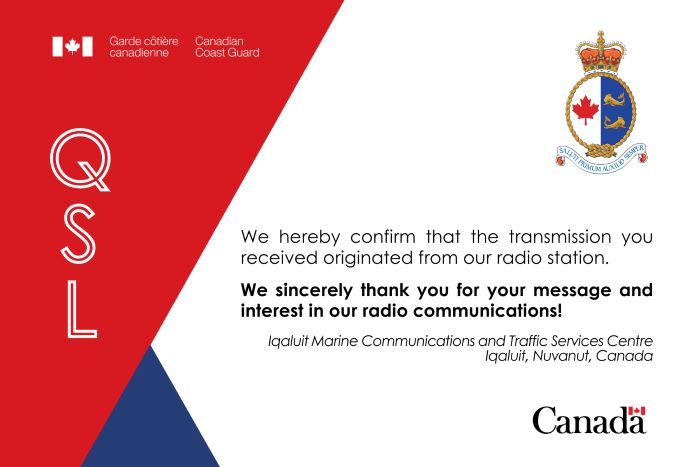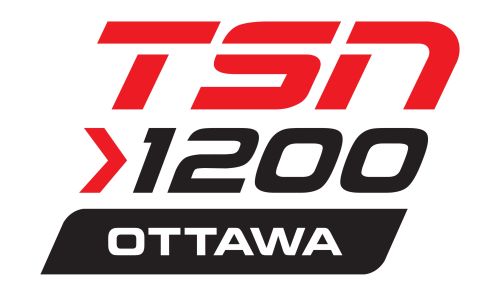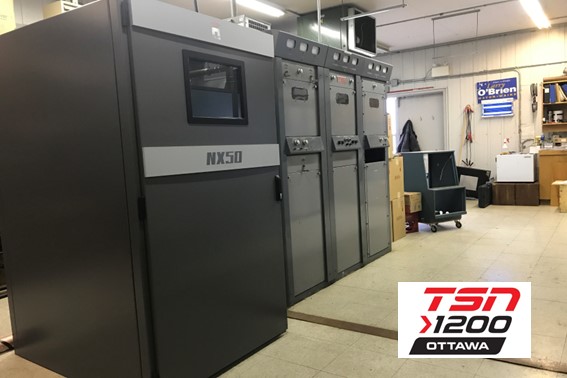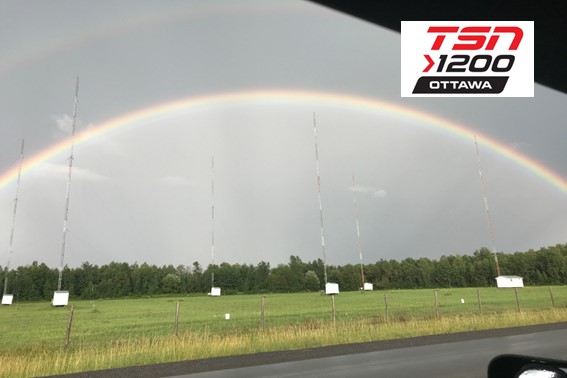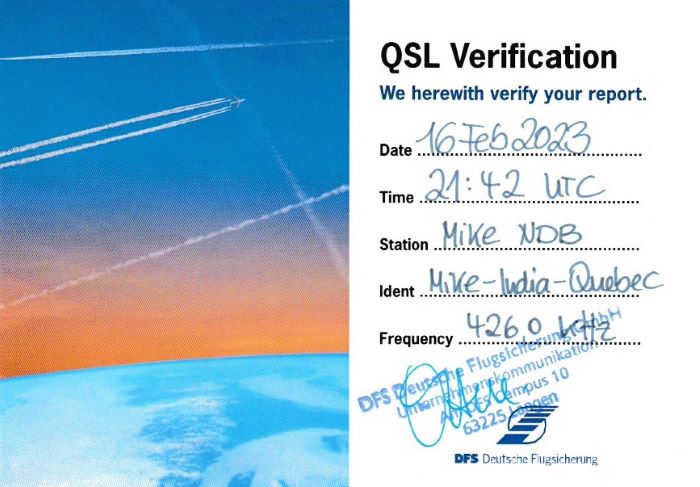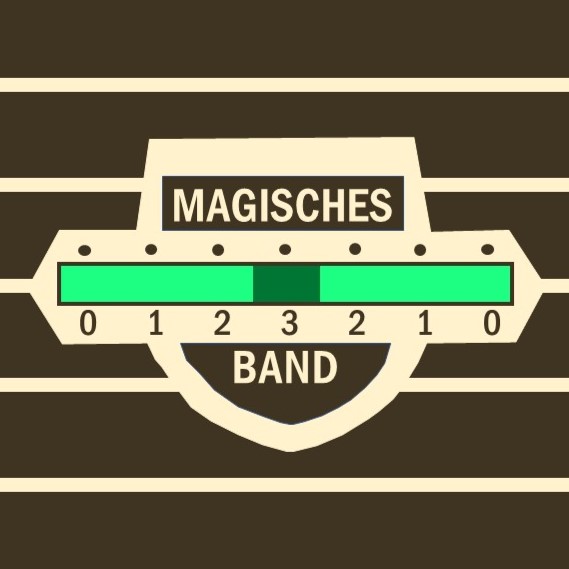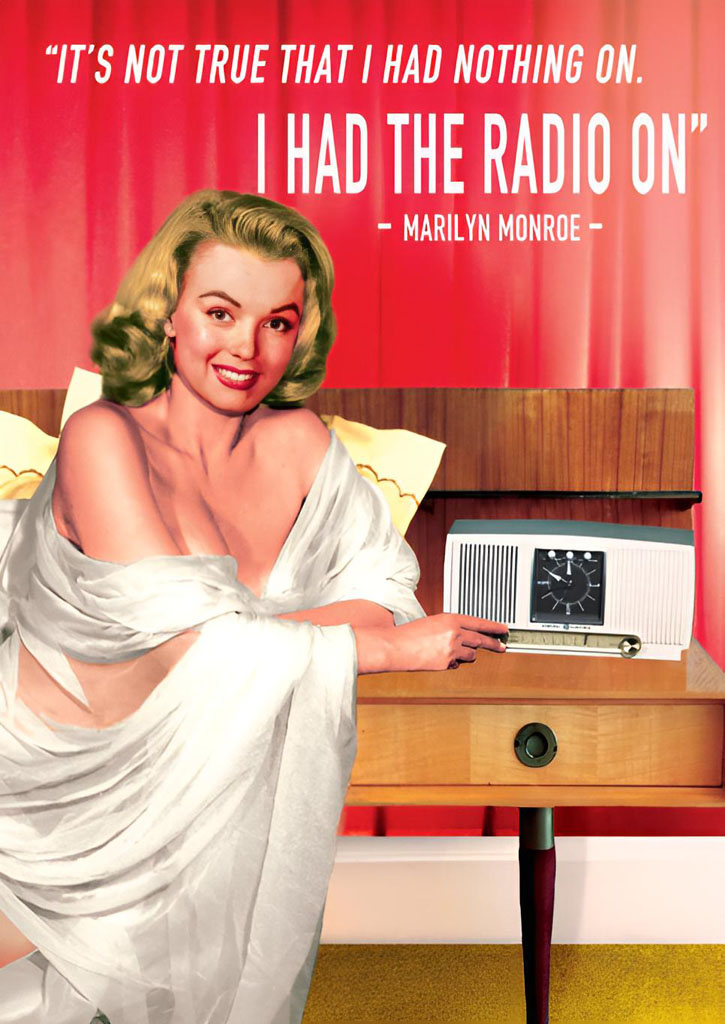
A quick update on my previous post on DSC and NAVTEX in Sweden. Following my QSL from JRCC Sweden I wrote an email to Stockholm Radio with a little query (and a reception report of Stockholm Radio on 2187.5 kHz).
Bjorne from Stockholm Radio was so kind to explain the current situation:
All transmission of weather and MSI (maritime safety information or navigational warnings) on MF are done by “Sweden Traffic” which is part of the Swedish Maritime Administration: Sjöfartsverket
All Emergency monitoring (GMDSS/DSC) is done by JRCC Sweden, located in Gothenburg. JRCC Sweden is also part of Swedish Maritime Administration: Sjöfartsverket. For this purpose JRCC Sweden has access to all Stockholm Radio facilities. I received my QSL for JRCC Sweden via jrcc@sjofartsverket.se
In addition to providing VHF telephone services Stockholm Radio (www.stockholmradio.se ) is only responsible for coastal weather transmissions on VHF during summertime (June 15th – September 15th according to their website).


